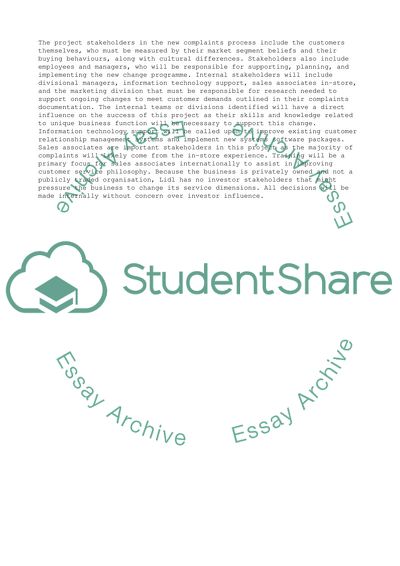Cite this document
(The Vision of Improving Service and Creating a Better Organisational Statistics Project, n.d.)
The Vision of Improving Service and Creating a Better Organisational Statistics Project. Retrieved from https://studentshare.org/business/1737051-project-managment-proposal-for-new-customer-service-department-for-lidl
The Vision of Improving Service and Creating a Better Organisational Statistics Project. Retrieved from https://studentshare.org/business/1737051-project-managment-proposal-for-new-customer-service-department-for-lidl
(The Vision of Improving Service and Creating a Better Organisational Statistics Project)
The Vision of Improving Service and Creating a Better Organisational Statistics Project. https://studentshare.org/business/1737051-project-managment-proposal-for-new-customer-service-department-for-lidl.
The Vision of Improving Service and Creating a Better Organisational Statistics Project. https://studentshare.org/business/1737051-project-managment-proposal-for-new-customer-service-department-for-lidl.
“The Vision of Improving Service and Creating a Better Organisational Statistics Project”, n.d. https://studentshare.org/business/1737051-project-managment-proposal-for-new-customer-service-department-for-lidl.


